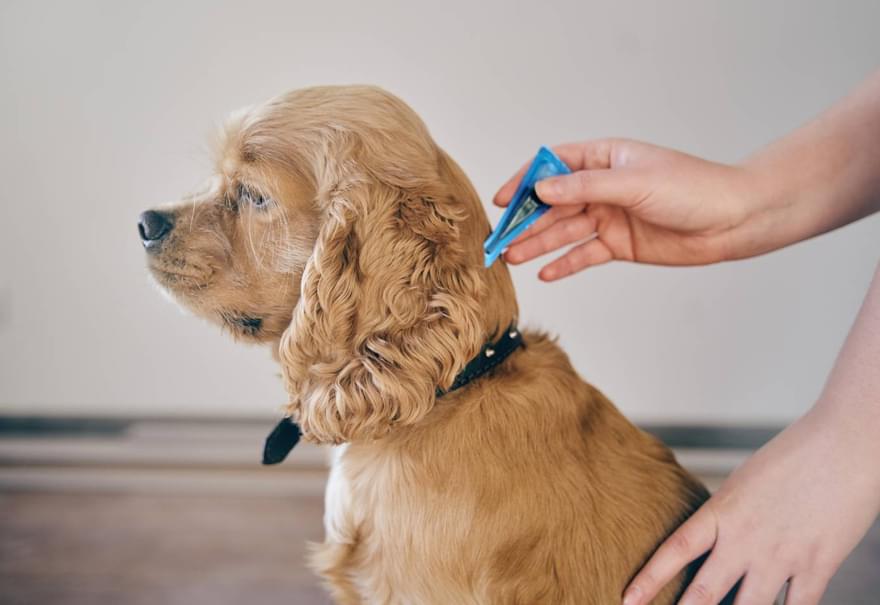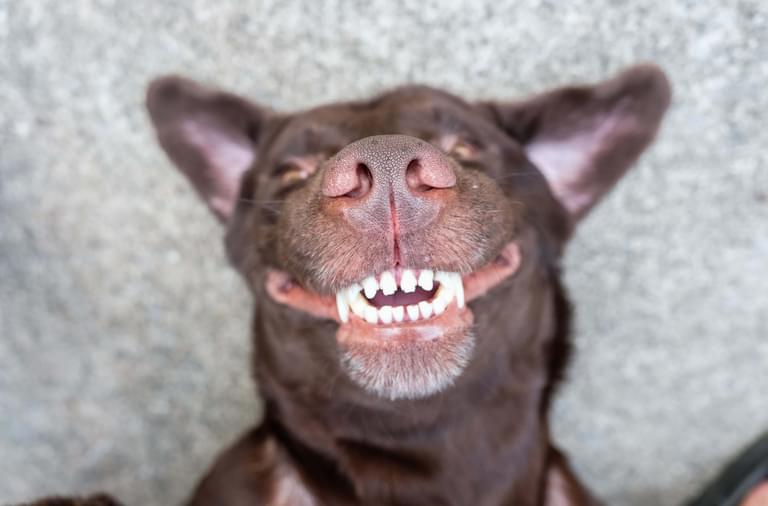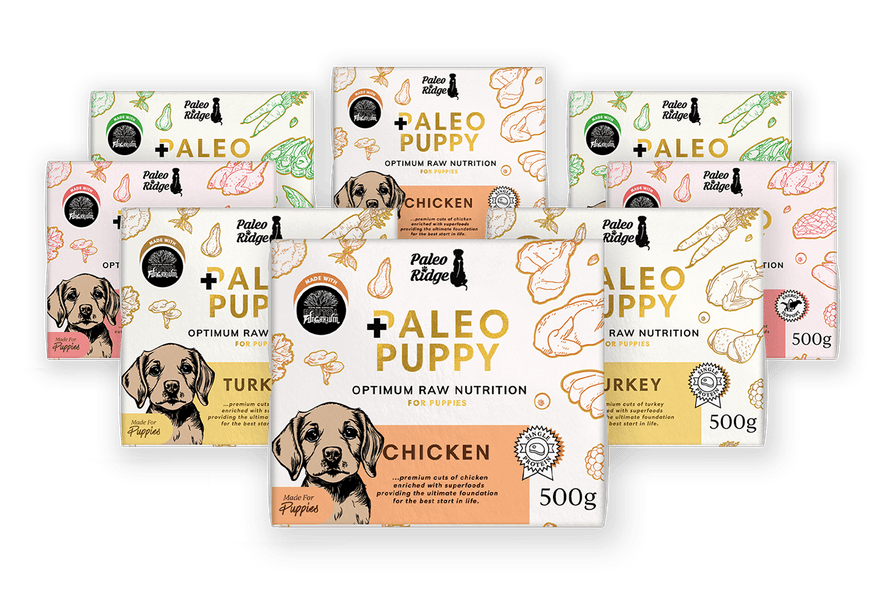By feeding a raw diet, your dog's teeth and gums are cleaner and healthier. When gnawing or crunching on a suitably sized bone, plaque is scraped of their teeth. Chewing a large chunk of meat occasionally, is also a very effective natural toothbrush.
Chewing on bones offers a great source of mental and physical enrichment for your dog too.
When feeding a natural raw diet, you can expect
- cleaner teeth
- healthier gums
- less build up of tar tar
- better breath
- less tooth decay
- physical and mental enrichment
- no refined sugars or carbohydrates
If you are concerned about feeding whole bones, don't worry. When feeding our minced completes, your dog is still benefiting from better oral hygiene. Minces have bone in them which act as an abrasive cleaner, perhaps less effective than whole bones but still very beneficial.
All our food is 100% natural, so there are no nasty additives, sugars or carbs that cause and accelerate periodontal disease. Like feeding too many sweets to kids, we know it is bad for dental health!
Bone should be fed sparingly and should always be supervised. Cooked bones should never fed.



